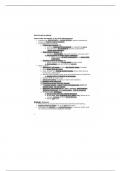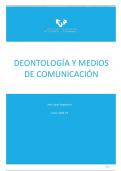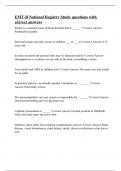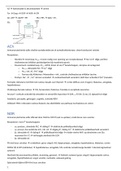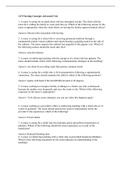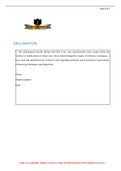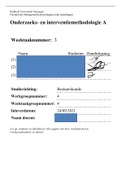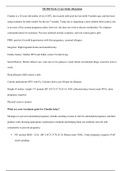Samenvatting
Summary NUR 463 Essential HESI STUDY GUIDE
- Instelling
- University Of Rhode Island
This is a comprehensive and detailed hesi study guide that contains all the key concepts and terms to know for Nur 463. *Essential Study Material!!
[Meer zien]
